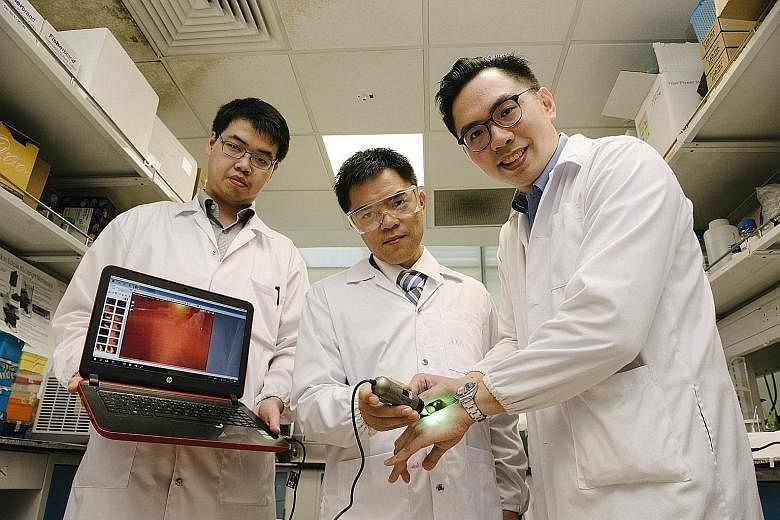Scientists have developed a non-invasive way to detect how scars will develop after surgery or burn wounds so doctors can take preventive measures.
The new detection method - devised by researchers here and in the United States - uses thousands of nanoparticles called NanoFlares with DNA strands attached to their surfaces, like a ball with spikes.
Already a subscriber? Log in
Read the full story and more at $9.90/month
Get exclusive reports and insights with more than 500 subscriber-only articles every month
ST One Digital
$9.90/month
No contract
ST app access on 1 mobile device
Unlock these benefits
All subscriber-only content on ST app and straitstimes.com
Easy access any time via ST app on 1 mobile device
E-paper with 2-week archive so you won't miss out on content that matters to you

